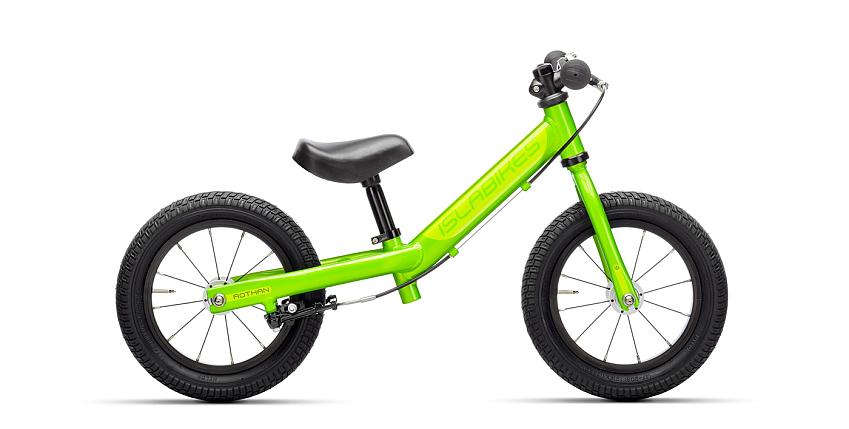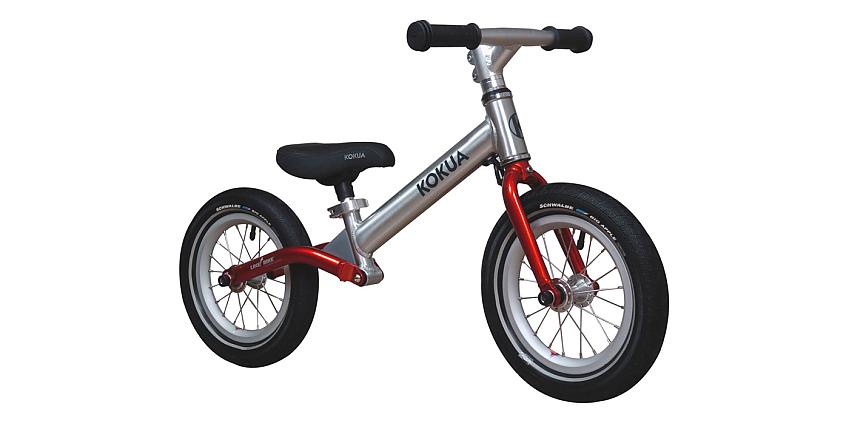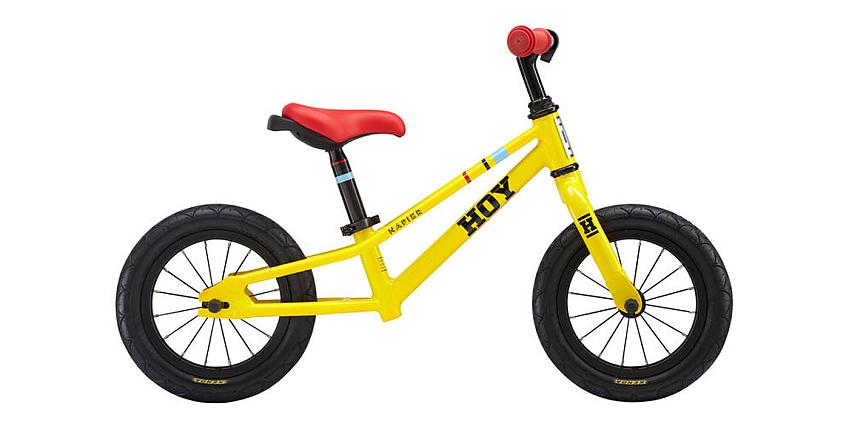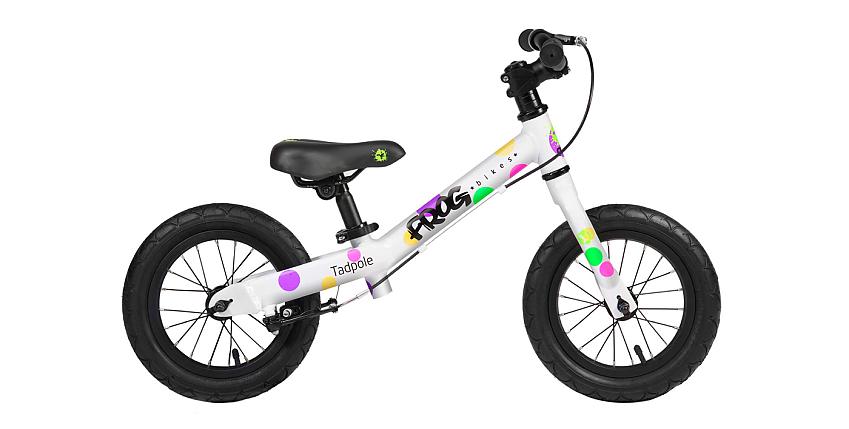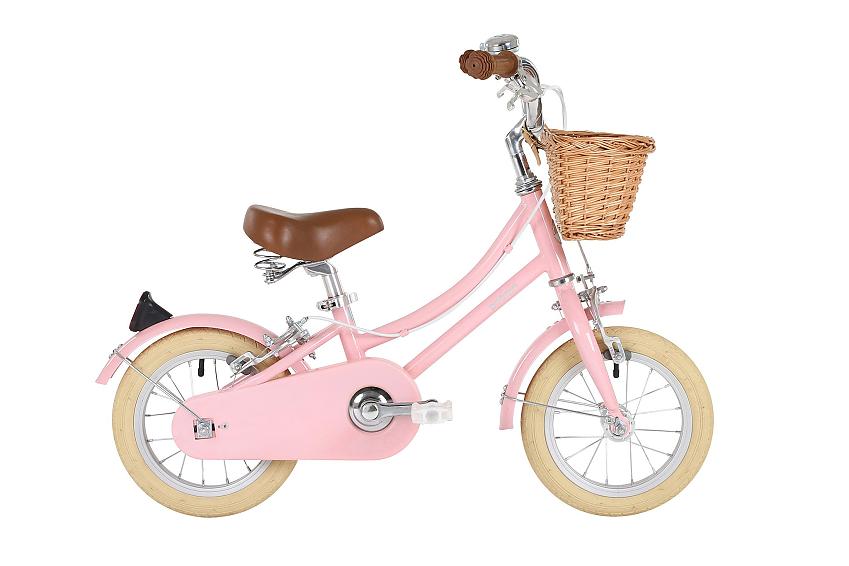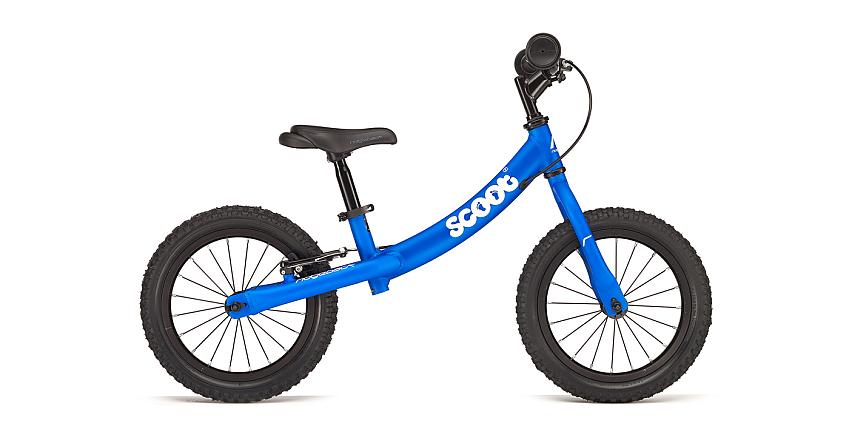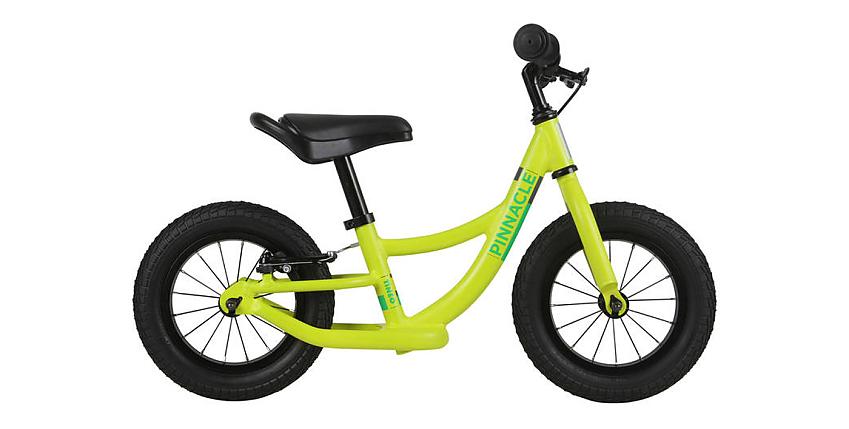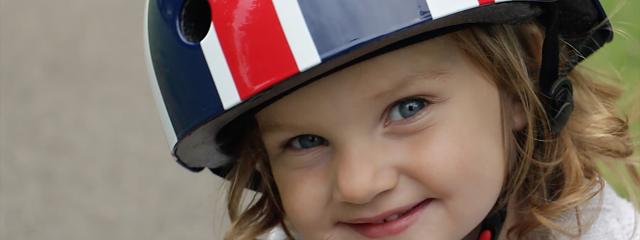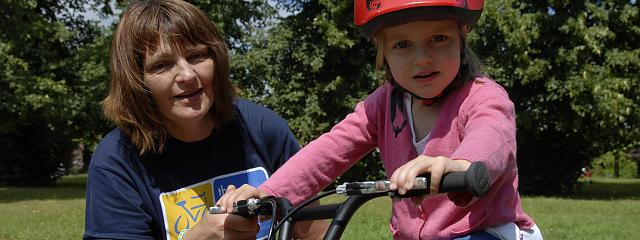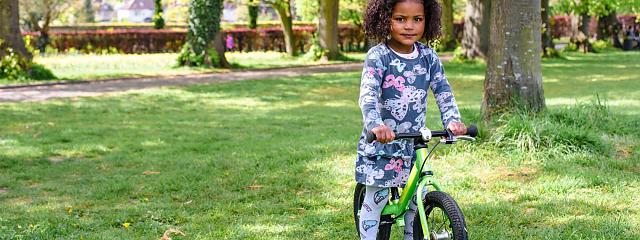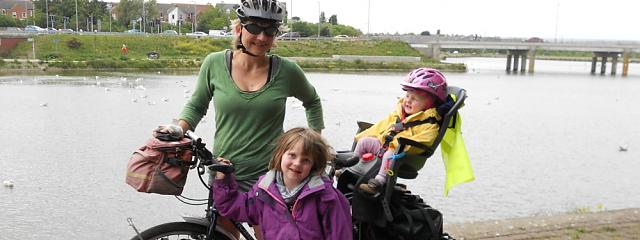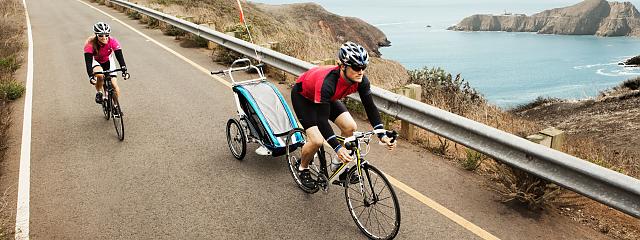
A guide to buying the best balance bike
A guide to buying the best balance bike
Balance bikes are small starter bicycles for pre-school children. Like the original bicycle, the 'running machine' of Baron Karl von Drais, they lack pedals: the rider scoots along the ground, pushing off with alternate feet, then lifting both feet to coast.
Using a balance bike teaches a child the skills that make cycling possible: balancing and steering. Many balance bikes also come with a brake. Pedalling might seem a fundamental skill but is easily incorporated later. A child who starts on a bike with stabilisers will need to learn the more difficult skill of balancing later, and older children may get scared when the stabilisers are taken away.
For more information watch Cycling UK's Video: How to teach a child to ride a balance bike and read our guide.
For a detailed balance bikes review, read the balance bike group test in December 2014 / January 2015 of Cycle magazine.
Cycling UK's top balance bikes
Islabikes Rothan
Price: £169.99
Further information: islabikes.co.uk
The Rothan came top in the Cycling UK Cycle magazine balance bike group test and at 3.5kg, it is light enough to carry home from the park and hold your child by the hand. The Rothan's brake lever is designed for small toddler hands and is easy to pull, unlike any of the other bikes that were tested. It is expensive, but it does sell at around £100 secondhand, or you can trade it in at Islabikes when you are ready to move on to a pedal bike.
Kokua LIKEaBIKE Jumper
Price: £149.95
Further information: likeabike.co.uk
This all-aluminium bike is the lightest at 3.4kg and came second in our group test. It's really good on bumpy ground as it has rear suspension, using an elastomer. It has the lowest initial maximum saddle height of the bikes we tested, so suits two and three year olds, but comes with two seatposts to extend the life of the bike. A brake and mudguards are optional extras.
Hoy Napier
Price: £110.00
Further information: hoybikes.com
This wasn't part of the test for our magazine, but the spec looks good, with stem and headset bearings, steel spokes and aluminium frame and forks. There's no brake or a footplate on this bike, but it has angled valves which should make it easier to pump up the tyres. Also, it comes with a famous name, although we suspect your toddler won't know who Chris Hoy is!
Frog Tadpole
Price: £115.00-£135.00
Further information: frogbikes.com
The Tadpole weighs 4.17kg and comes in 6 colours. Like lslabikes, Frog uses scaled down parts and has an easy to pull brake lever, too. It comes with a bell and also has a 5-year warranty; perfect if you have more than one child in the family.
Bobbin Moonbug / Gingersnap
Price: £100.00
Further information: bobbinbikes.co.uk
We've not tested this bike, but if you want either a distinctly boyish (Moonbug) or girlie (Gingersnap, above) balance bike, these look like good options. Neither the Moonbug nor the Gingernap has a brake and they weigh 5kg, but they are simple and look beautiful. The cream tyres will turn greyish very quickly, though!
Ridgeback Scoot
Price: £99.99
Further information: ridgeback.co.uk
This was part of the group test in Cycle magazine, it came third mostly because the brake lever was so hard for our three-year-old tester to pull. Brake lever aside, it is a good balance bike.
Pinnacle Tineo
Price: £90.00
Further information: pinnacle-bikes.co.uk
Again this wasn't part of detailed our group test, but our toddler tester took a spin around Evans on this. We were impressed by the footplate and handy grab handle on the back of the saddle. The brake is OK for little hands, too. And the £90 pricetag is the lowest of our selection.
Things to look for when buying a balance bike
Weight
The lighter the better. For a three year old child weighing 16kg, the 1.6kg difference between the lightest and heaviest bike here is 10% of their bodyweight. Imagine if your bike was 6-8kg heavier! Don't forget, you will also end up carrying a balance bike a lot, possibly all the way home from the park.
Steering
A headset with ball bearings will enable the handlebar to turn easily and freely, unlike a plain bearing. Some balance bikes have a steering damper or stop to prevent jack-knifing. Handgrips must be secure. Bulb-ended grips can stop hands slipping off and prevent injury in a fall.
Brake
Shoe soles will stop a balance bike at moderate speeds, but a hand-brake is a useful extra, especially for children who like to whizz around. It also teaches a skill that will be needed later. Make sure your child can actually pull the brake lever: too stiff or too big will only teach them that brakes are useless!
Wheels
Pneumatic tyres are lighter, more comfortable and roll better, especially over bumps. All the bikes tested here have 12-inch (ISO 203) wheels. The wheels themselves should spin easily and freely, which they'll do best with (correctly adjusted!) ball bearings.
Saddle
Look for a comfortable and slightly concave saddle to prevent your child from slipping forward. Adjust the saddle height so that your child can put both feet flat on the floor, raising it as he or she grows. A flootplate or rest is useful to stop legs flailing during extended coasting.
For detailed information and reviews on balance bikes read the balance bike group test in December 2014 / January 2015 of Cycle magazine.






